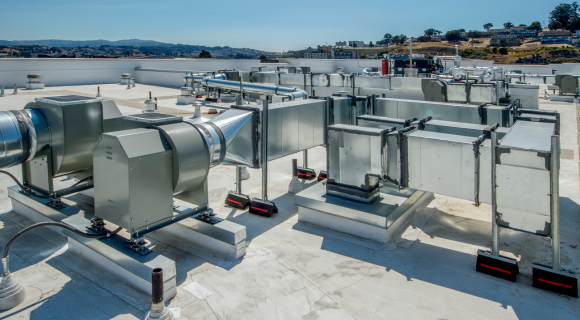In the face of increasing global awareness about climate change, regulatory bodies worldwide are implementing mandatory climate disclosure regulations. These regulations require companies to disclose specific climate-related metrics in their financial filings2. One of the key ways to comply with these new regulations and effectively mitigate identified risks is through the use of advanced building analytics, such as those offered by CopperTree Analytics.
Understanding Climate Disclosure Regulations
The Task Force on Climate-related Financial Disclosures (TCFD) has developed a framework for climate-related financial disclosures structured around four pillars1:
- Governance: The organization’s governance around climate-related risks and opportunities.
- Strategy: The actual and potential impacts of climate-related risks and opportunities on the organization’s businesses, strategy, and financial planning.
- Risk Management: The processes used by the organization to identify, assess, and manage relevant climate-related risks.
- Metrics and Targets: The measurements and goals used to assess and manage relevant climate-related risks and opportunities.
As stakeholders use companies’ climate disclosures for decision-making, regulators around the world are requiring organizations to adopt the TCFD framework in their reporting.
The Role of Building Analytics
Building analytics play a crucial role in helping companies comply with these regulations. CopperTree Analytics, for instance, provides a comprehensive building analytics solution, consisting of an Energy Information System (EIS) and a Fault Detection and Diagnostics (FDD) platform with integrated system performance auditing.
Energy Management Information Systems (EMIS)
EMIS, such as those offered by CopperTree Analytics, can provide companies with a comprehensive view of their energy usage and costs. This can include information on energy consumption by portfolio, building, or even at the equipment level. By having a clear and detailed understanding of their energy usage, companies can better identify areas for improvement.
Fault Detection & Diagnostics (FDD)
FDD technology is designed to detect and diagnose equipment and system problems, often before they lead to a complete failure, or large amounts of excessive energy consumption. Enabling organizations to proactively address energy issues and prevent costly downtime or repairs not only reduces costs but also helps organizations to be more resilient to potential disruptions.
Conclusion
In conclusion, the new regulations for climate disclosure require companies to have a detailed understanding of their climate risks and opportunities. Building analytics, such as those provided by CopperTree Analytics, can play a critical role in this process by providing real-time data on energy usage and costs, as well as identifying potential issues. This allows companies to take greater control of their building, reach targeted maintenance goals, reduce energy consumption, and make better decisions about the operation of their building.

